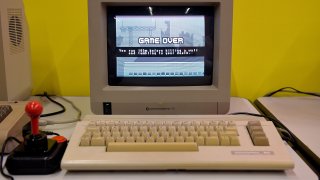
In a typical year, more than 170,000 people would likely be descending upon Las Vegas this week to attend The Consumer Technology Association's (CTA) annual trade show, CES.
Instead, the CTA announced in July that the ongoing coronavirus pandemic meant that CES 2021, which kicked off on Monday amid, would be the first digital-only event in the trade show's more than 50-year history.
Since the Consumer Electronics Show debuted in New York City in June 1967, it has drawn in a mix of attendees eager for an early glimpse of the future in the form of the newest technology products, as well as tech companies looking for a hospitably festive forum to tout their latest wares.
In 2010, Wired wrote about the first CES show, which featured products like "the latest pocket radios and TVs [with] integrated circuits." The show drew 200 exhibitors and 17,500 attendees to New York's Hilton and Americana hotels.
That's a far cry from the 4,400 exhibitors and more than 171,000 attendees who turned out for CES 2020 in Las Vegas, where onlookers checked out products like Samsung's AI-supported "artificial human" assistants, while Uber and Hyundai announced a collaboration to develop an electric flying taxi that Hyundai hopes will be at the center of an "urban air mobility" ride-sharing platform by 2028.
The technology showcased at the annual trade show has come a long way in 53 years.
Money Report
Even as an all-virtual event, CES 2021 is slated to feature updates from tech companies like Verizon, Sony and Samsung in areas ranging from 5G wireless networks and AI-supported smart devices to the latest 8K LED TVs.
Here are 10 of the biggest tech products that debuted at CES since the show launched in 1967:
1970: The first home VCR
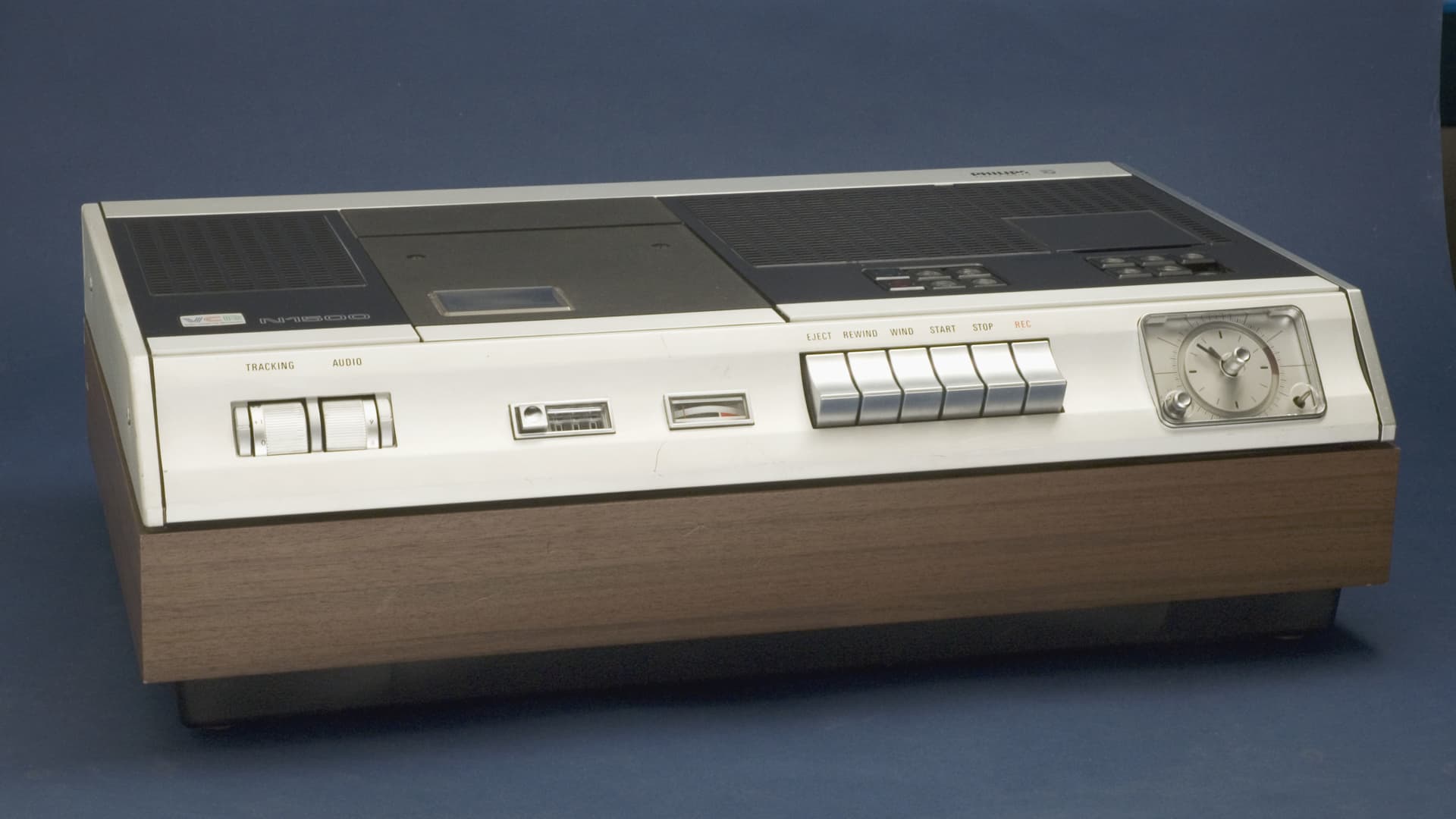
Philips introduced the N1500 Video Cassette Recorder (or VCR) at the 1970 CES trade show. The device, which wouldn't hit the market until 1972, was the first at-home video recorder, allowing users to record live TV. The N1500 cost around $600 when it was released, but was still far cheaper than previous alternatives made for TV stations that cost tens of thousands of dollars.
The N1500 even predated VHS videocassette technology, which debuted in the U.S. in 1977 (a VHS VCR player was unveiled at CES that year) and paved the way for the home-video revolution, with Hollywood studios releasing movies on VHS for viewers to watch in their homes.
1975: Atari's 'Pong' home console
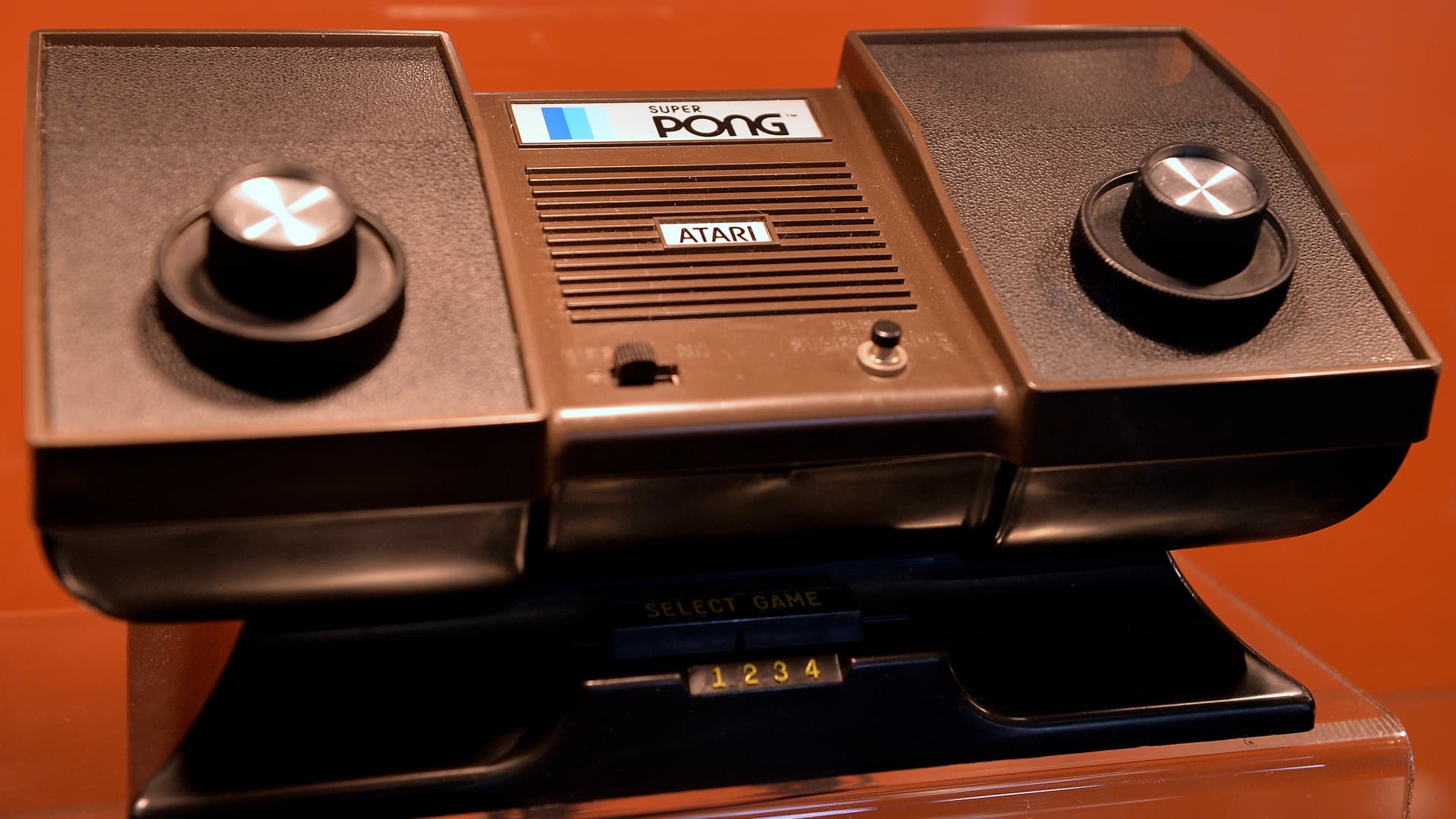
"Pong" is the table tennis-themed video game that debuted as an arcade game in the early-1970s. But, in 1975, Atari debuted a version of the game people could play in their homes, with one of the first at-home video game consoles ever. (TV commercials for the console declared, "Don't just watch TV. Play it!")
The "Pong" home console became a blockbuster release, with customers waiting in long lines outside stores during the holidays in 1975 just to get on a waiting list to buy the $100 Atari console.
1981: CD player
Philips and Sony collaborated to develop compact disc audio technology in the early-1980s, and they put that technology on display at the 1981 CES in Las Vegas.
In a press release, Sony touted the CD as "a 4.7-inch disc that delivers one hour of music with concert-hall fidelity," while allowing listeners to skip from track to track — a major improvement over vinyl and tape cassettes.
Philips and Sony each started selling their CD players in 1982, with the latter priced at nearly $1,000.
1982: Commodore 64
Previous CES shows featured a few different personal computers (and others, like the first home computers from Apple and IBM, had debuted elsewhere in previous years), but 1982 brought the trade show what would become one of the most popular personal computers ever: the Commodore 64.
The 8-bit home computer debuted at CES and then went on to sell more than 22 million units, making it the best-selling computer of the era — thanks to its impressive graphics, reasonable price (it retailed for $595), and the fact that users could hook it up to their TV and use the Commodore 64 to play video games.
1985: Nintendo NES
In 1985, Japanese gaming company Nintendo went to CES and unveiled an early prototype of the Nintendo Entertainment System (NES), which would go on to become the best-selling video game console of its generation, with more than 60 million units sold.
Then called the Nintendo Advanced Video System, the console included some features that wouldn't make the cut when the NES hit the U.S. market in October 1985, like a keyboard and a tape drive.
1988: Tetris
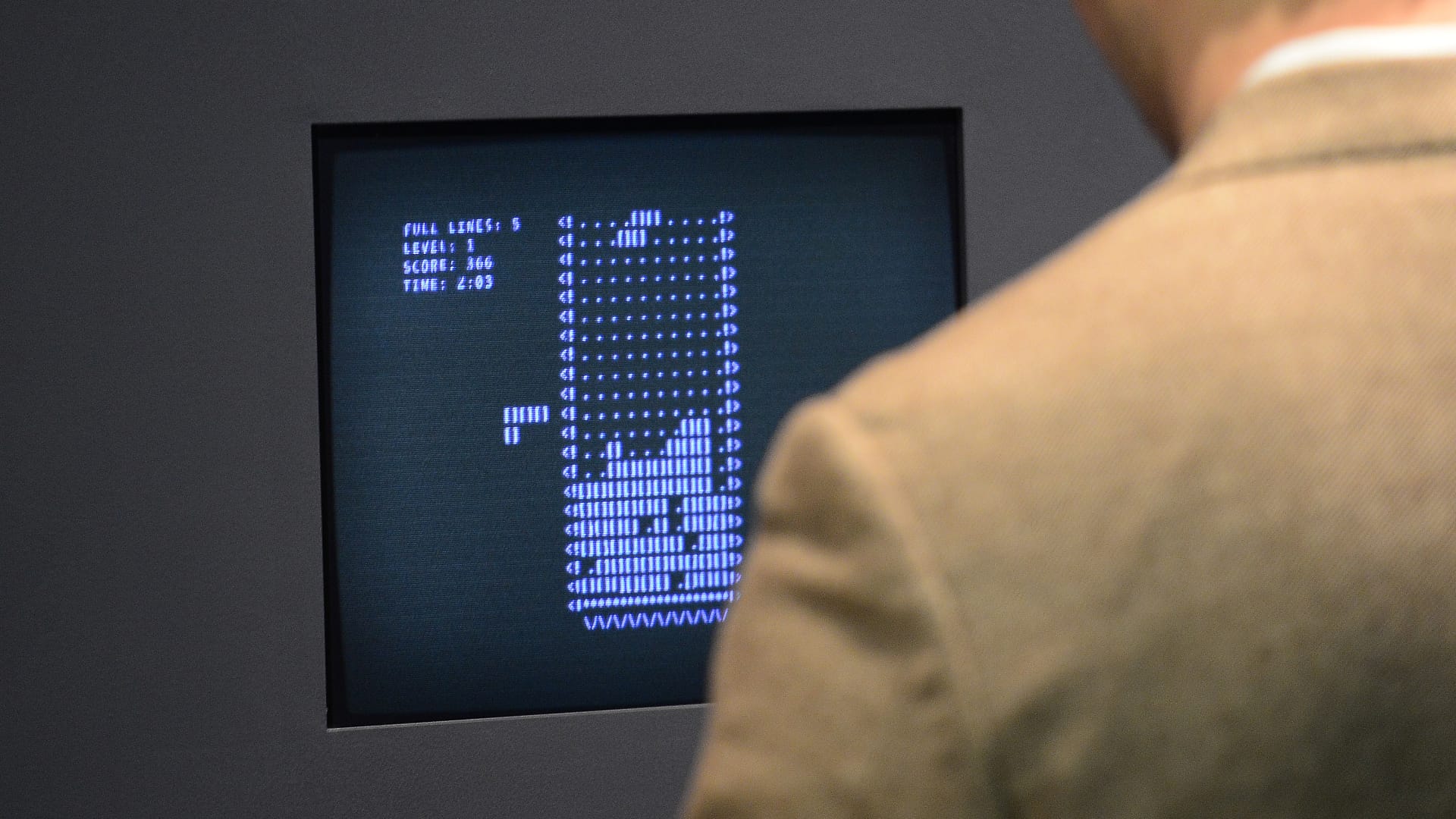
A Russian software engineer named Alexey Pajitnov first created "Tetris," the classic tile-stacking video game, in 1984. But the game didn't make its way to the U.S. until it was debuted at the 1988 CES by American company Spectrum Holobyte.
The rest is history, as versions of "Tetris" went on to be available on more than 50 different gaming platforms around the world, from Nintendo's Gameboy to mobile apps for smartphones and other devices.
Today, it's considered the best-selling video game ever, with estimated sales topping 500 million copies, between physical sales and mobile downloads.
1993: Apple Newton
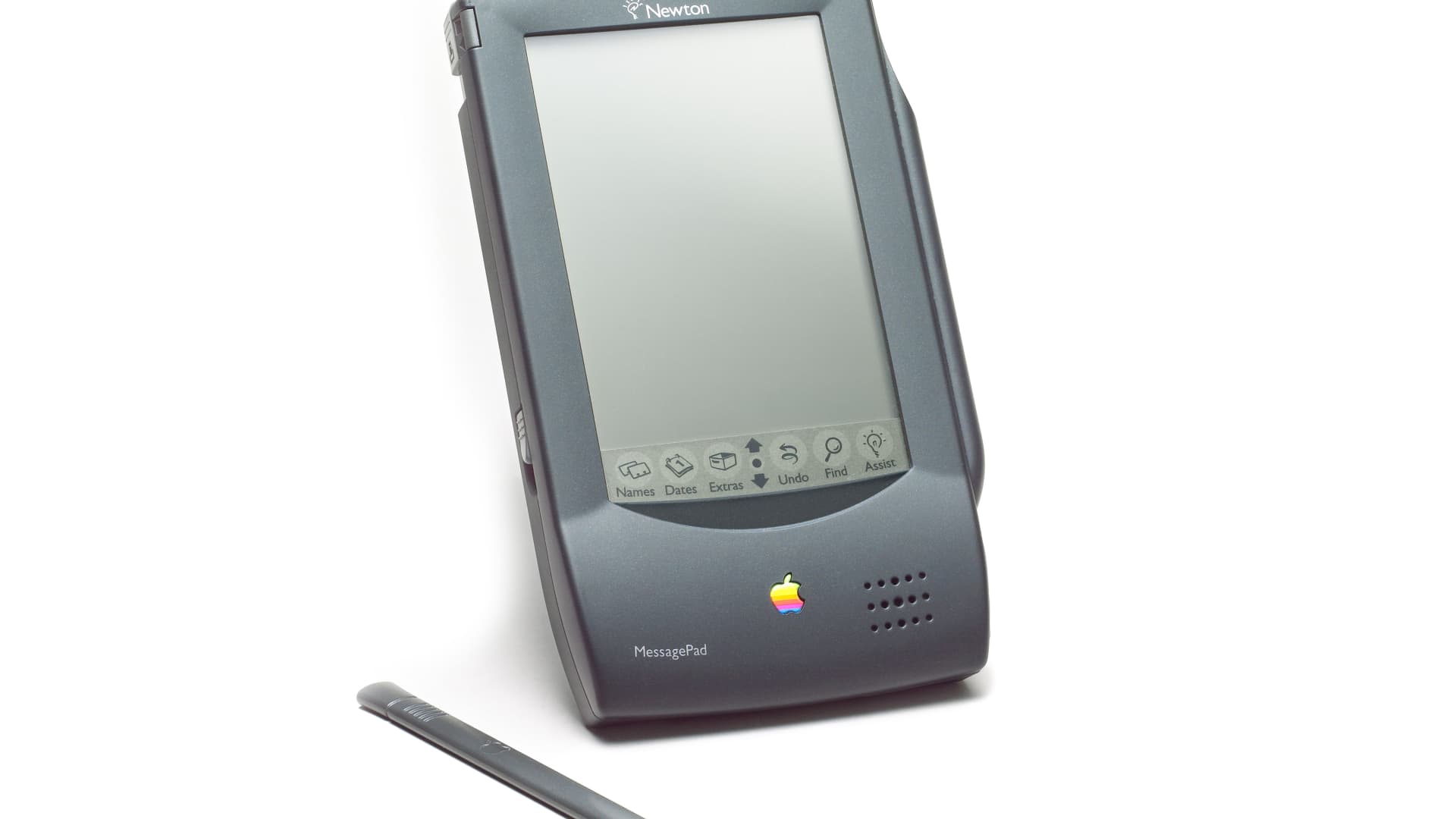
Apple's then-CEO, John Sculley, introduced the company's Newton personal digital assistant (PDA) at the 1993 CES show, with much: The executive boldly declared the product to be "nothing less than a revolution."
Unfortunately, the handwriting recognition feature of the Newton's much-touted stylus pen proved to be less than advertised, resulting in mockery from critics and underperforming sales. Apple reportedly expected to sell one million Newtons in the first year, but instead sold only 50,000 in the first three months
Co-founder Steve Jobs officially killed the product when he returned to Apple a few years later.
1996: DVD
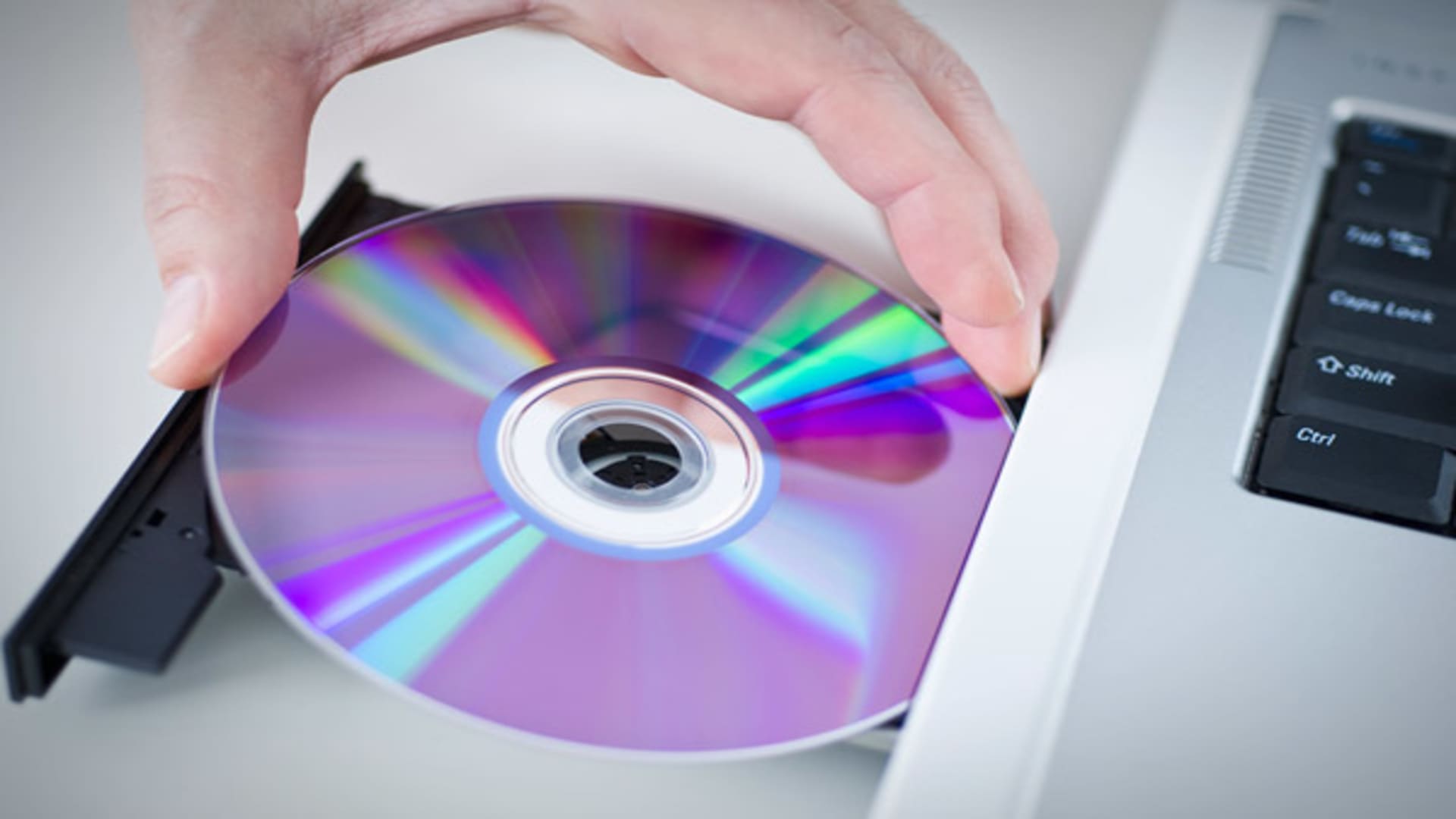
Debuting at CES' 1996 show, the DVD (Digital Video Disc) format was a collaborative effort by a group of tech companies, including Sony, Panasonic, Toshiba, Philips and Samsung.
The DVD quickly began replacing VHS as the dominant format for home video, with Toshiba releasing the first DVD player, the SD-3000, to the market in November 1996.
By 2005, DVD sales topped $16 billion and represented 64% of the U.S. home video market before losing ground to Blu-Ray (introduced at CES in 2003) and then streaming video.
2001: Microsoft Xbox

None other than Bill Gates presented the keynote address at the 2001 CES, where the billionaire was joined by Dwayne "The Rock" Johnson to unveil Microsoft's first gaming console, the Xbox.
The console went on to sell more than 24 million units over the next five years, while its successor, the Xbox One, became one of the best-selling consoles ever, with 85 million sold.
2013: Oculus Rift

Popular Science's headline after 2013's CES declared that "Oculus Rift's Virtual Reality Headset Is Freaking Amazing," which essentially captures the level of buzz and excitement around the VR headset that Palmer Luckey's Oculus Rift was showing off at that year's trade show.
At the time, Luckey's company was running a Kickstarter campaign that aimed to raise $250,000 to fund the headsets' production, but the company ended up raising $2.4 million. A year later, the company sold to Facebook for over $2 billion.
Don't miss: The best credit cards for building credit of 2021
Remember these failed Apple products? They were some of the tech giant's biggest flops






